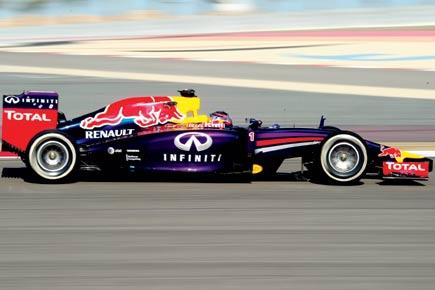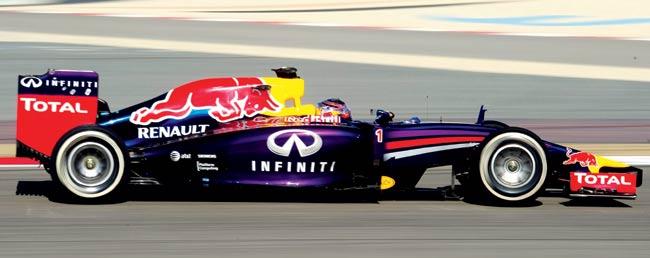As the Formula One 2014 season begins today with the Australian Grand Prix, we explain some of the rule changes that will take place in the racing sport from now on...

Rear wing
The previously-legal lower beam wing has been outlawed and the main flap has become slightly shallower in profile. Support pillars, however, are allowed this time.
ADVERTISEMENT
Gearboxes
Cars will have one extra gear to combat the reduced fuel. However, a gearbox must now last six consecutive races and not five as earlier.
ERS
As the new engines produce less power, a larger part of a car's power will come from Energy Recovery System. Besides generating energy under braking, ERS also generates power using waste heat from the engine. The ERS can supply 10 times more energy per lap than the Kinetic Energy Recovery System used last season.
Nose height
The height of the nose has been restricted to 185mm from 550mm to reduce possibility of cars being launched into the air like Mark Webber's car (2010 Euroipean GP).
New engines
The 1.6-litre V6 turbo engines produce less power than their predecessor — the V8. However, they are more economical and are seen as the future of the automotive industry.
Front wing
Front wings will be a little narrower with the width reduced from 1800mm to 1650mm.
Fuel
To promote fuel efficiency, each car can only use 100kg of fuel per race. Previously, there was no cap on fuel.
Weight
As the power components now are heavier, the car's min weight has been increased from last year's 642kg to 691kg.
Tyres
Drivers who appear in Q3 will get an extra set of tyres. They will start the race using their fastest-lap tyres from Q2.
Penalty points
Drivers who earn 12 penalty points in a 12-month period will get a one-race ban. There will be five-second penalties for minor offences.
Double points
In the last race (Abu Dhabi GP) drivers will be awarded double points. This ensures the championship race stays open longer.
 Subscribe today by clicking the link and stay updated with the latest news!" Click here!
Subscribe today by clicking the link and stay updated with the latest news!" Click here!






